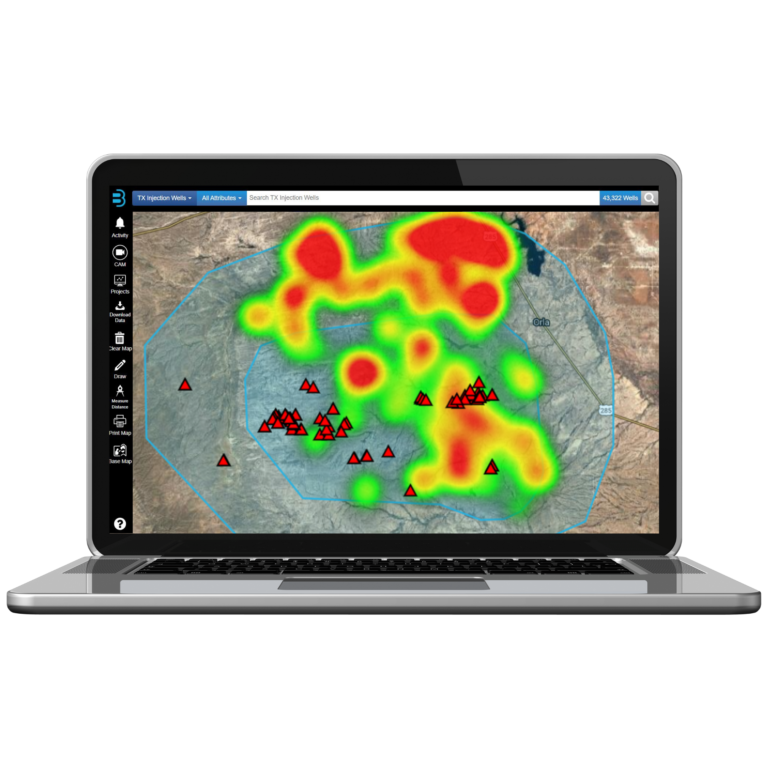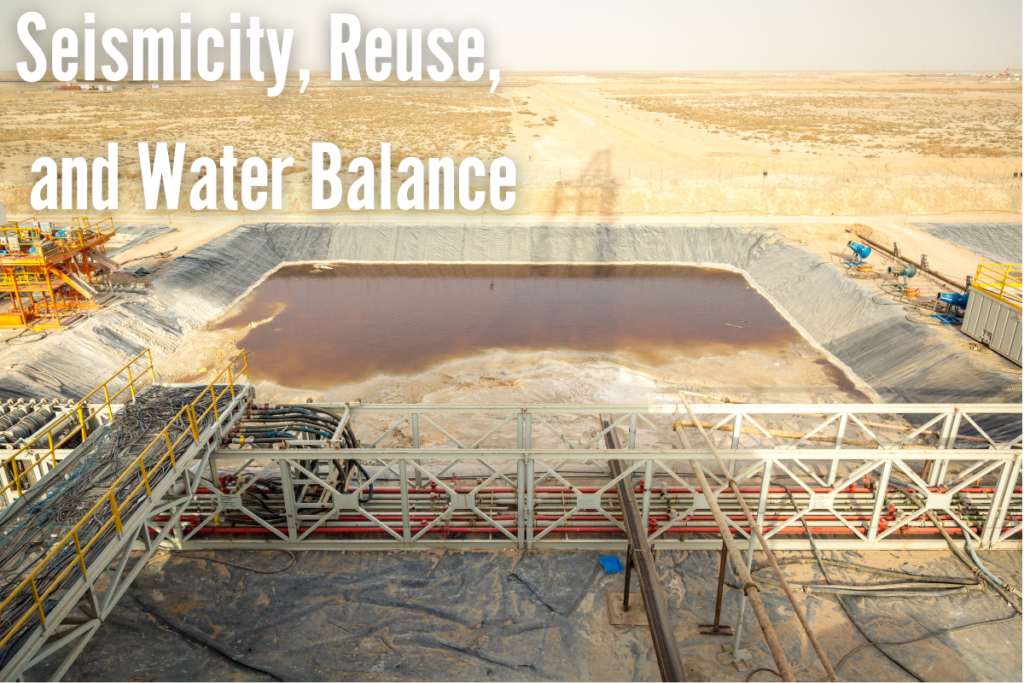By Kylie Wright
This year’s Permian Basin Water in Energy Conference (PBWIEC) in February hit quite a sweet spot for the oilfield water management industry. The organizers at the University of Texas Permian Basin pulled together a diverse and creative group of speakers and attendees to discuss Permian Basin water management opportunities. The atmosphere at PBWIEC felt relaxed and content as many E&Ps feel more capable of living within their cash flow with today’s higher oil and gas prices, and E&Ps able to spend on development means more business for water management.
More Water and More Seismicity
But what it really means is more water to manage and probably more water going into disposal wells. During the many interesting talks, the two most commonly heard themes were seismicity and beneficial reuse. In fact, almost every single presentation mentioned the ongoing seismicity issues facing water management in the Permian. Increasing production in the Permian without other viable management options than disposal for produced water has the potential to exacerbate seismicity dramatically. One of our favorite presentations discussed the evolving understanding of legal liability associated with induced seismicity. It seems that although it may never be possible to confidently determine which operator’s marginal barrel caused a seismic event, legal action could be likely if seismicity continues to impact the Permian in tangible ways.
Multiple talks covered the need for non-oilfield beneficial reuse of produced water, but few gave specific examples of progress made on that front. There is increasing interest in creating opportunities for beneficial reuse a reality, though. These options are definitely more likely to come to fruition in a high price environment, so conversations in this area felt enthusiastic. Currently, many operators are focused on increasing and optimizing their in-oilfield reuse of produced water. Some E&Ps even partner with others to reuse one another’s water to the greatest extent. Considering the recent flurry of SRAs from state agencies and the evolving regulatory environment around produced water may shortly lead to some actions related to reuse from state agencies.
B3 and the State of permian Water management
Our CEO, Kelly Bennett, and Director of Product, Rob Bruant, each gave presentations at PBWIEC on the state of Permian Basin water management. B3 is interested in the mass balance of water in the Permian and is interrogating our data to paint a clear picture. It’s clear that even with increasing oilfield reuse of produced water, there will still be massive volumes of water to dispose or find other end uses. There are some interesting opportunities ahead that leverage synergies with other industries like carbon capture and underground storage, agriculture, or downstream uses.
At the end of the day, it’s so important to attend these events just to be surrounded by the people who make essential decisions in our industry. We were incredibly impressed by the turnout, diversity, and seniority of attendees at PBWIEC. Although this is a hectic time of year with what feels like multiple great conferences every week, we were thrilled to plug in with the great folks at PBWIEC for a few days.

Empowering Smart Water Management
B3 Insight is building the definitive source for water data. We empower smart water management with data-driven intelligence for responsible and profitable decisions about water resources. Whatever your needs, B3 Insight’s OilfieldH2O can positively impact your water management and drilling completions – contact us at [email protected] or 720-664-8517 to learn more.





